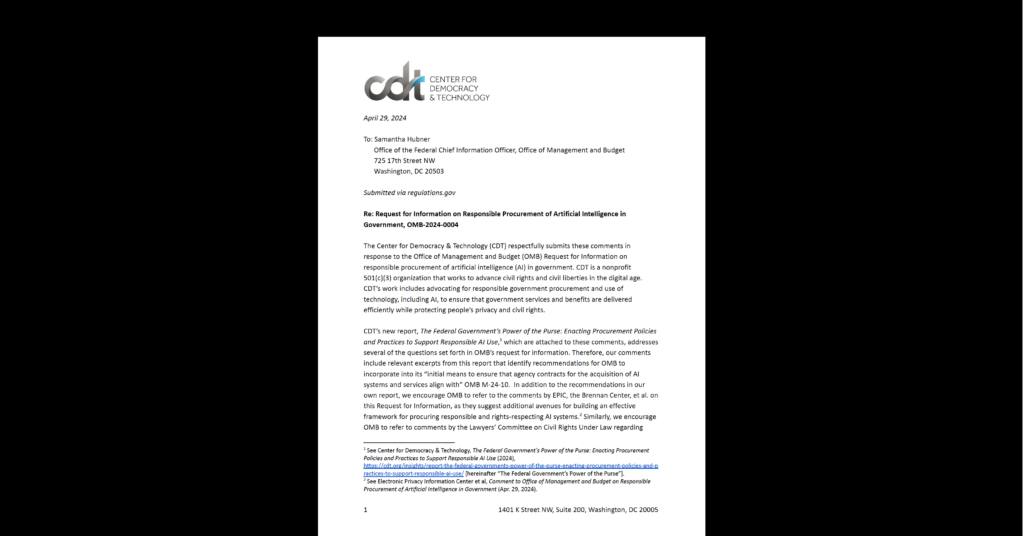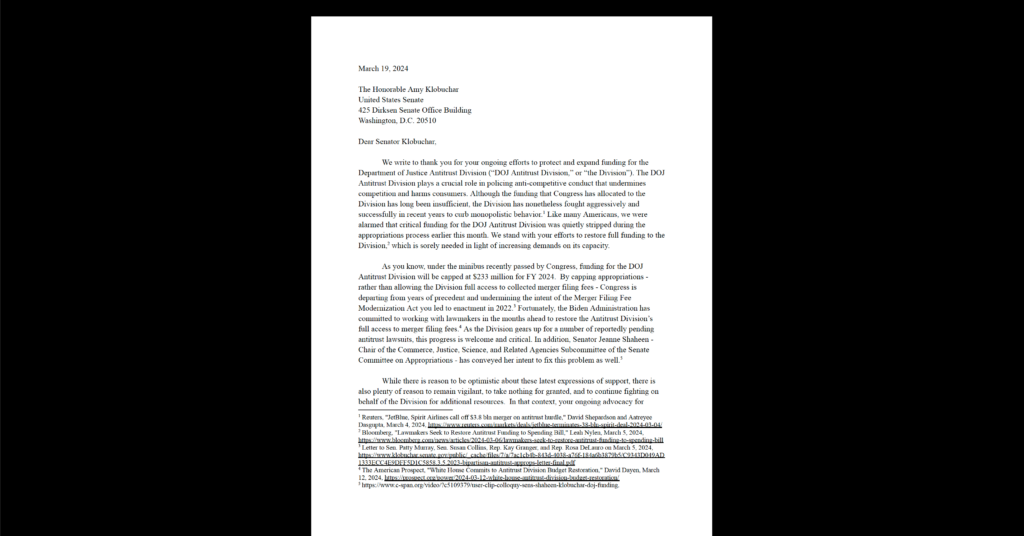Broadcast Flag Authorization Legislation: Key Considerations for Congress
Owners of video content have expressed fears that the shift to digital technologies, increasing network bandwidth, and improving compression techniques will make digital television broadcasts susceptible to widespread piracy. Responding to these concerns, the FCC adopted a set of rules under which a marker – the “broadcast flag” – would identify broadcast content for protection against large-scale copying and redistribution. The rules effectively required that all devices that might be used to display, receive, or record digital television content, including computers, incorporate an FCC-approved content protection technology. These rules were struck down by a federal court on the ground that the FCC had no statutory authority to issue them, so content producers have turned to Congress to seek authorization for the FCC to adopt a flag regime. However, this is not a simple question of delegating authority to the FCC. The flag regime carries significant risks to technology innovation and legal consumer uses of digital television. If Congress chooses to proceed with flag legislation, it must include carefully crafted limitations and safeguards to help minimize these risks. This paper offers specific recommendations for some of the limitations that would be essential if Congress chooses to go forward with flag legislation.


